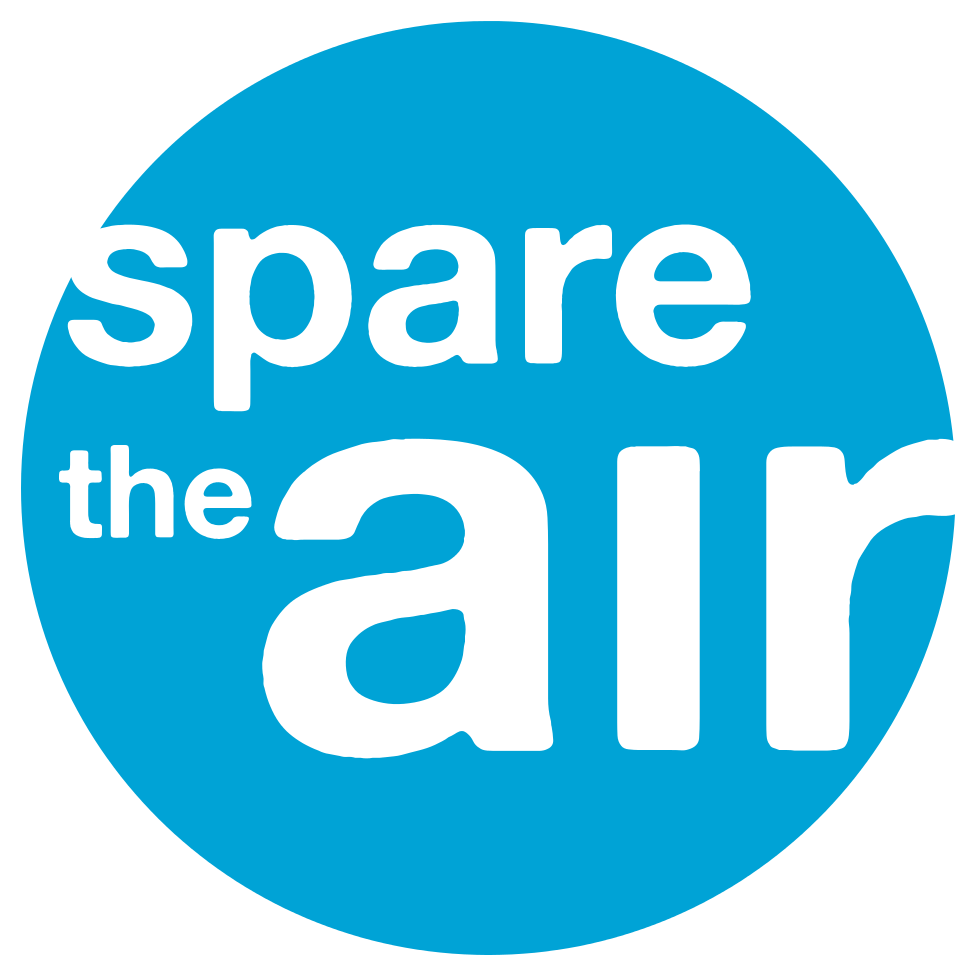Spare the Air was created in 1991 by the Bay Area Air District to alert residents when air quality is forecast to be unhealthy and to share information on ways to reduce air pollution.
From easy, everyday tools—such as commute tips—and air quality resources, such as explanations of major air pollutant sources and their health effects, Spare the Air focuses on educating and helping residents choose actions that will improve air quality and make the Bay Area a healthier, more enjoyable place to live.
Spare the Air encompasses seven full Bay Area counties as well as half of Solano and Sonoma counties. Counties are organized into five reporting zones, with the Air Quality Forecast Map showing the air quality forecast for the region.
The best way to improve air quality on a daily basis is to drive less. Cars, light duty trucks, and other vehicles are a major source of air pollution. Change up your commute and help the Bay Area breathe a little easier.
Emissions from cars, trucks, construction equipment, gas stations, refineries, and other sources include organic compounds and oxides of nitrogen that create ground-level ozone, or “smog,” when they react with sunlight.
While ozone is produced every day, cooler temperatures and steady winds normally keep it from building up to unhealthy concentrations. During the Bay Area’s warmer months between April and October, the longer, hotter days mean that ozone can accumulate to levels that violate federal health-based standards. When this is expected to happen, a Spare the Air Alert is called. Learn more about ozone effects on health. View the Spare the Air Every Day flyer.
From November to February, and in the summer when there are wildfires impacting the region, the primary air pollutant is particulate matter. Particulate matter is made up of microscopic solid or liquid particles. Particles less than 10 micrometers in diameter can cause significant health problems, with “fine” particles measured under 2.5 micrometers - also known as PM.2.5 - considered the most dangerous.
Fine particles can easily bypass the body’s natural filters in the nose and throat and be inhaled deep into the lungs, where they can enter the bloodstream. Learn more about the health risks of particulate matter.
During the cooler winter months, more than one-third of particulate pollution comes from wood smoke. On some days, in certain areas, wood smoke can account for up to 90 percent of particulate pollution.
On cold, calm days, wood smoke can become trapped close to the ground by an inversion layer, typically formed when a layer of warm air acts as a lid over a layer of cooler air. Inversions prevent the air below from rising, which causes pollutants to build up.
When these conditions are expected, a Spare the Air Alert is called for fine particulate pollution. During the alert, the use of all wood-burning devices is illegal, both indoors and outdoors.
The Air District passed its wood burning regulation in July 2008, making it illegal to burn wood, fire logs, pellets, or other solid fuels in fireplaces, wood stoves, outdoor fire pits, or other wood-burning devices when there is a Spare the Air Alert in effect for fine particulate pollution. Keep current on wood burning rules and compliance.
For many years, Spare the Air Alerts that banned wood burning were only called between the months of November and February. However, a Spare the Air Alert banning wood burning can now be called for particulate pollution year-round, especially when there are wildfires impacting the Bay Area.





